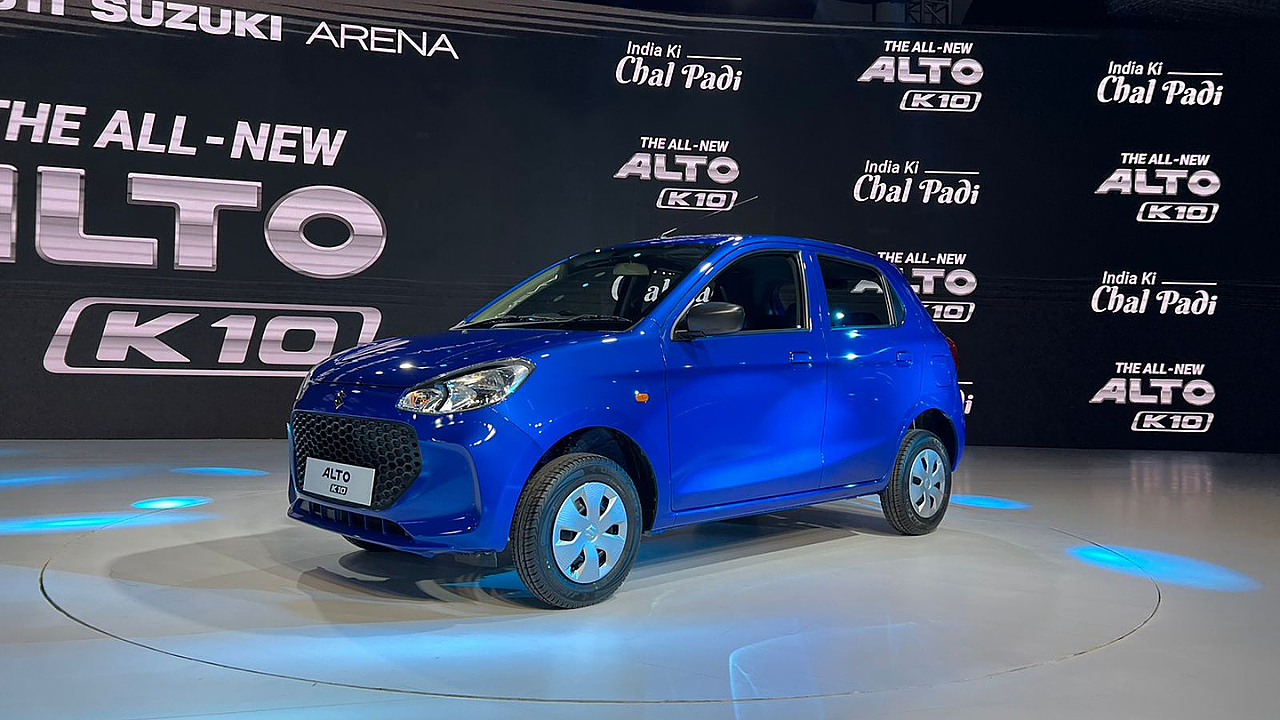
The Indian automotive market has primarily seen dominance by the hatchback segment. This is due to several reasons, including road infrastructure in semi-urban and rural areas with narrow roads and traffic congestion, and also the aspirational levels of two-wheeler users to upgrade to a car.
However, over the past few years, the market dynamics have changed. Due to the high commanding driving position and their ability to tackle Indian potholes in a better way, compact SUVs have started winning the hearts of more citizens.
The SUV segment in FY22 accounted for 40% of the total Indian automotive market, making them the most demanded body type in the market, Shashank Srivastava, Senior Executive Director (Marketing & Sales), Maruti Suzuki India, noted.
In its FY22 annual report RC Bhargava, Chairman, Maruti Suzuki India, said, “The sales of the non-premium hatchbacks declined by 5% compared to 2020-2021, and were lower than sales in this sector in 2018- 19 by 29%.”
However, Srivastava, in conversation with Mobility Outlook, noted that even after the drop, the hatchback segment still holds 38% of the total automotive market, making it the second largest segment in the industry.
Notably, Maruti Suzuki's Wagon R was the best seller in FY22 with 1,88,838 units, while the next three spots were taken by Swift, Baleno and Alto 800 with sales of 1,67,827 units, 1,48,187 units and 1,45,167 units respectively.
The Senior Executive Director noted that the Alto brand had been the best seller for the company and the Indian auto industry from 2004 until the Alto K10 was discontinued in 2020. Interestingly, in FY20, the Alto brand clocked domestic sales of around 250,000, while in FY21 and FY22, the numbers dropped to 158,992 units and 145,167 units, respectively.
Srivastava stated that with the launch of the new Alto K10, Maruti Suzuki expects to bring the old glory of the Alto brand and touch the 250,000 sales mark. He added that while the Alto 800 remains a preferred choice among the Tier-II and Tier-III city customers, the new Alto K10 will see a better mix of urban and rural customers than its smaller sibling. The company believes the new Alto K10 will bring in more customers rather than eating customers from other products from the company's stables. However, he pointed out that the growth in the overall segment will depend on how the affordability factor pans out.
“Last three years there has been a quicker increase in price because of new regulation, taxation, adding of new features, road tax registrations among others but the income levels didn't rise as much because the COVID economy was a little muted,” he said.
Srivastava continued that if the economy comes back and additional cost to the consumer doesn't increase at that pace, the affordability factor can get better; if it gets better, there will definitely be a positive force for this segment. Regarding the new Alto K10, he said that the new product has been designed and developed to bring in more younger generation customers.
Interestingly, Alto sales have grown among customers under 35 years of age from 37% in FY13 to 55% in FY22. The company official said that the market demand is also shifting as the customer demographics change.
The new avatar Alto K10 features and design elements in view of this change in customer demographics. The company has added a 7-inch SmartPlay studio infotainment system featuring smartphone navigation, smartphone connectivity with Apple CarPlay, Android Auto, and a digital speedometer to woo young customers.
At the time when the earlier generation Alto K10 was launched, the primary customer demands were price and mileage. However, as the customer base is shifting towards more younger customers, the demands have shifted to features and design of the vehicle, noted Srivastava. However, he concluded that price and mileage still hold priority for the segment customers.